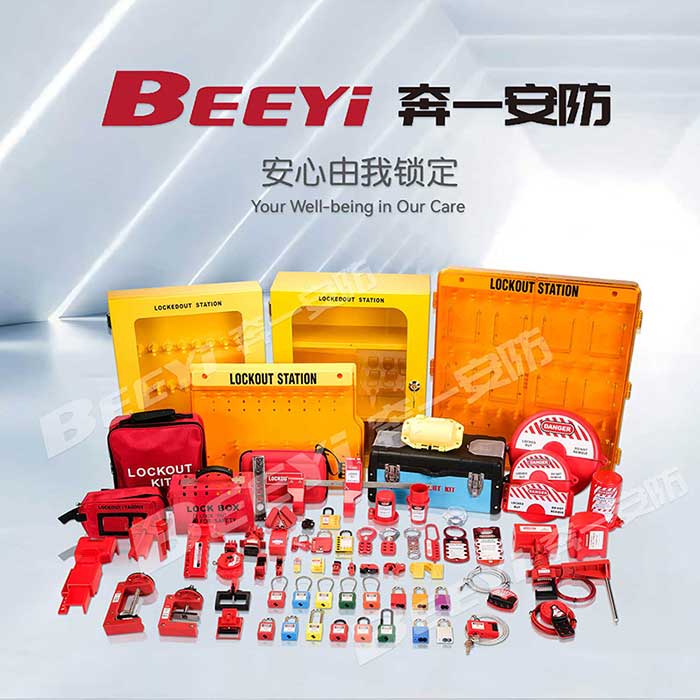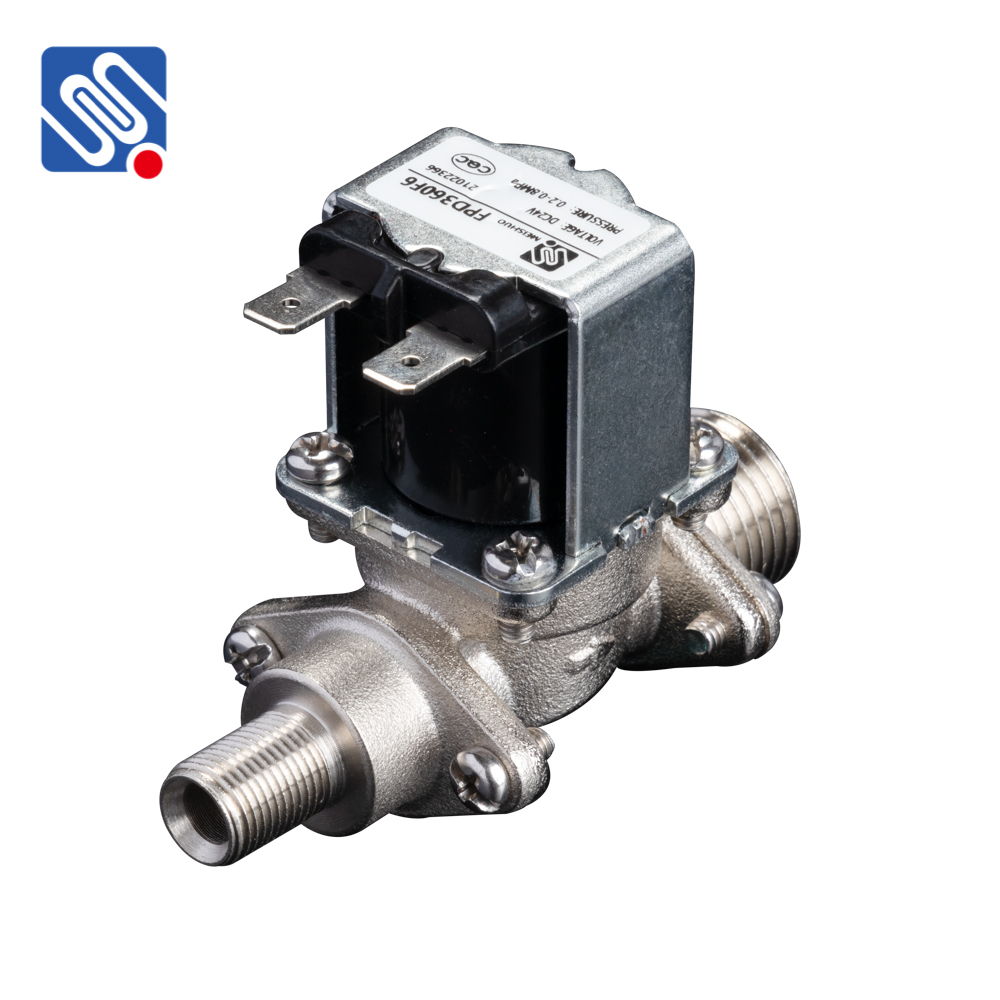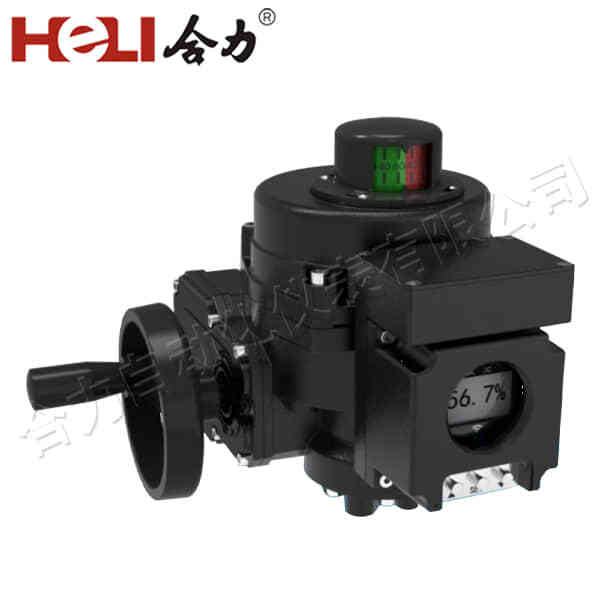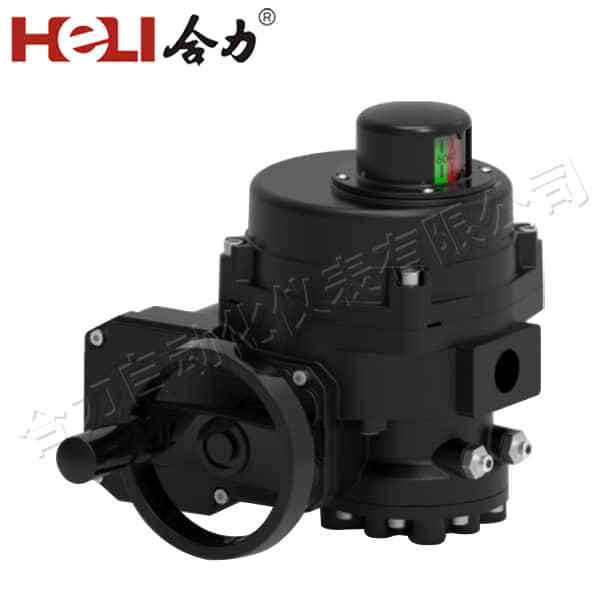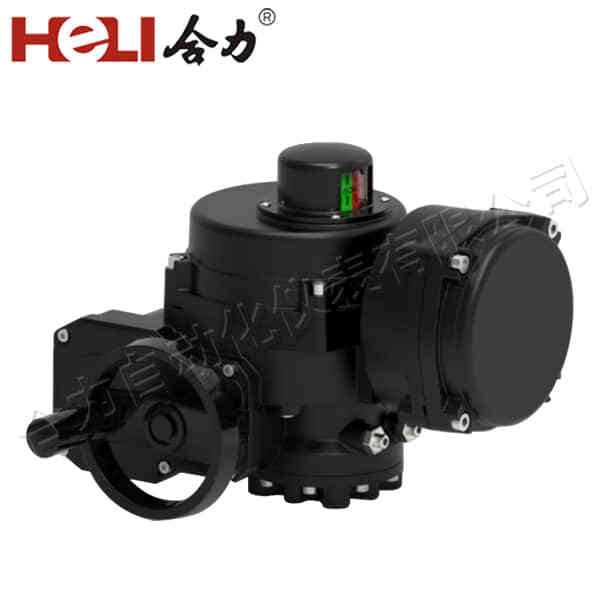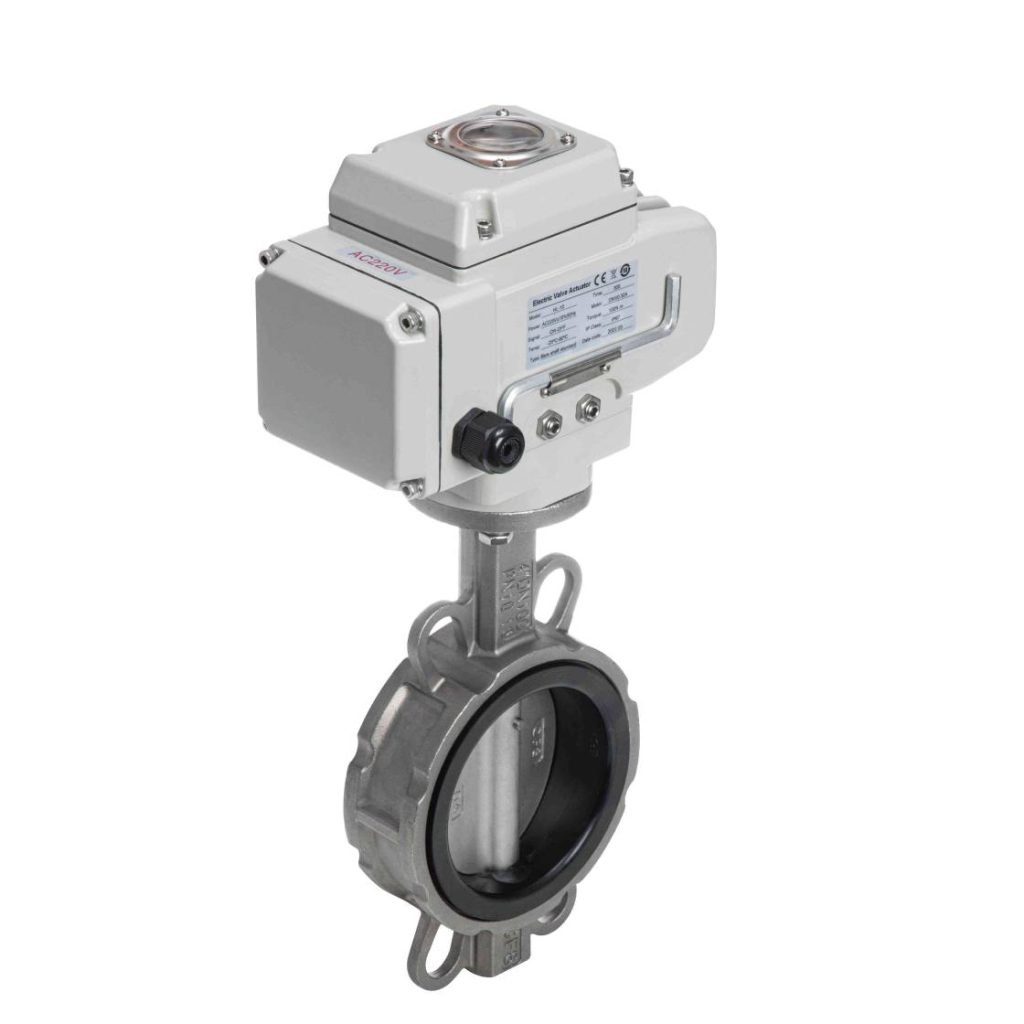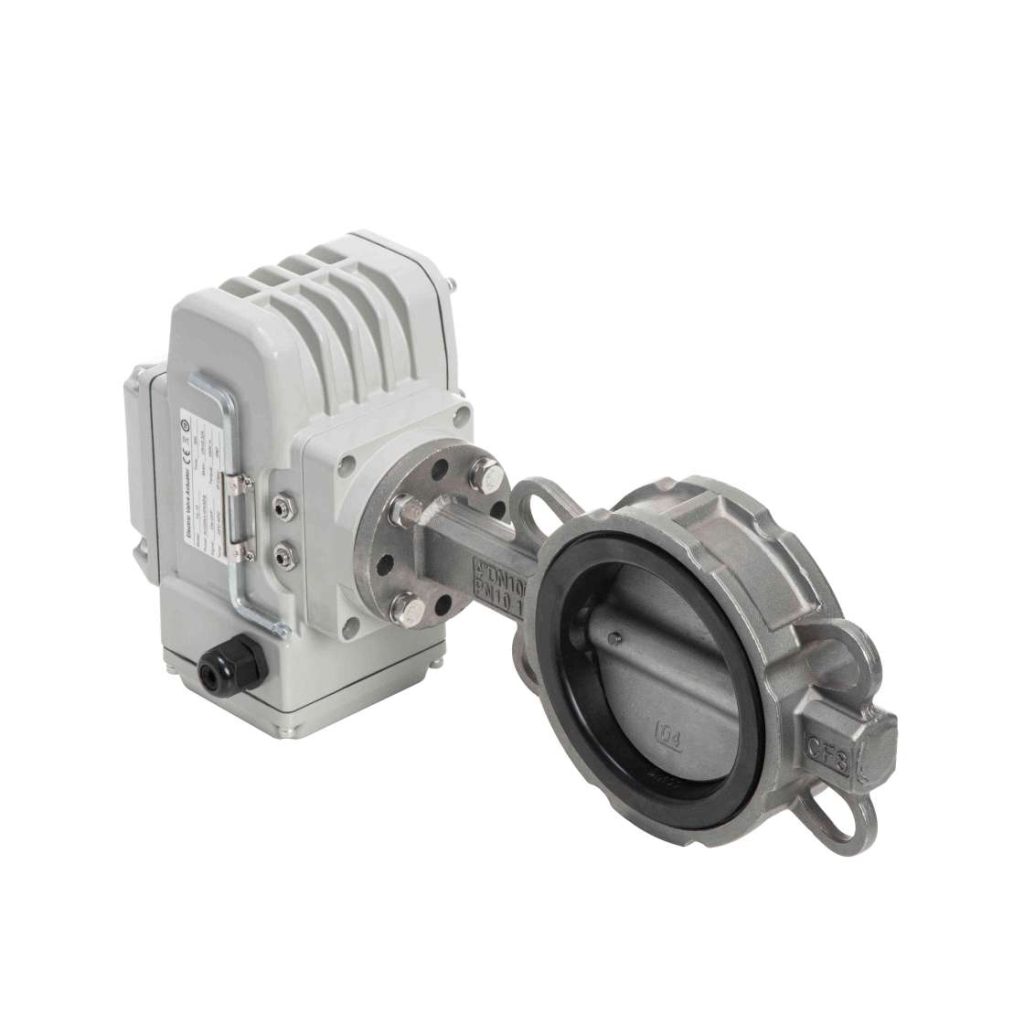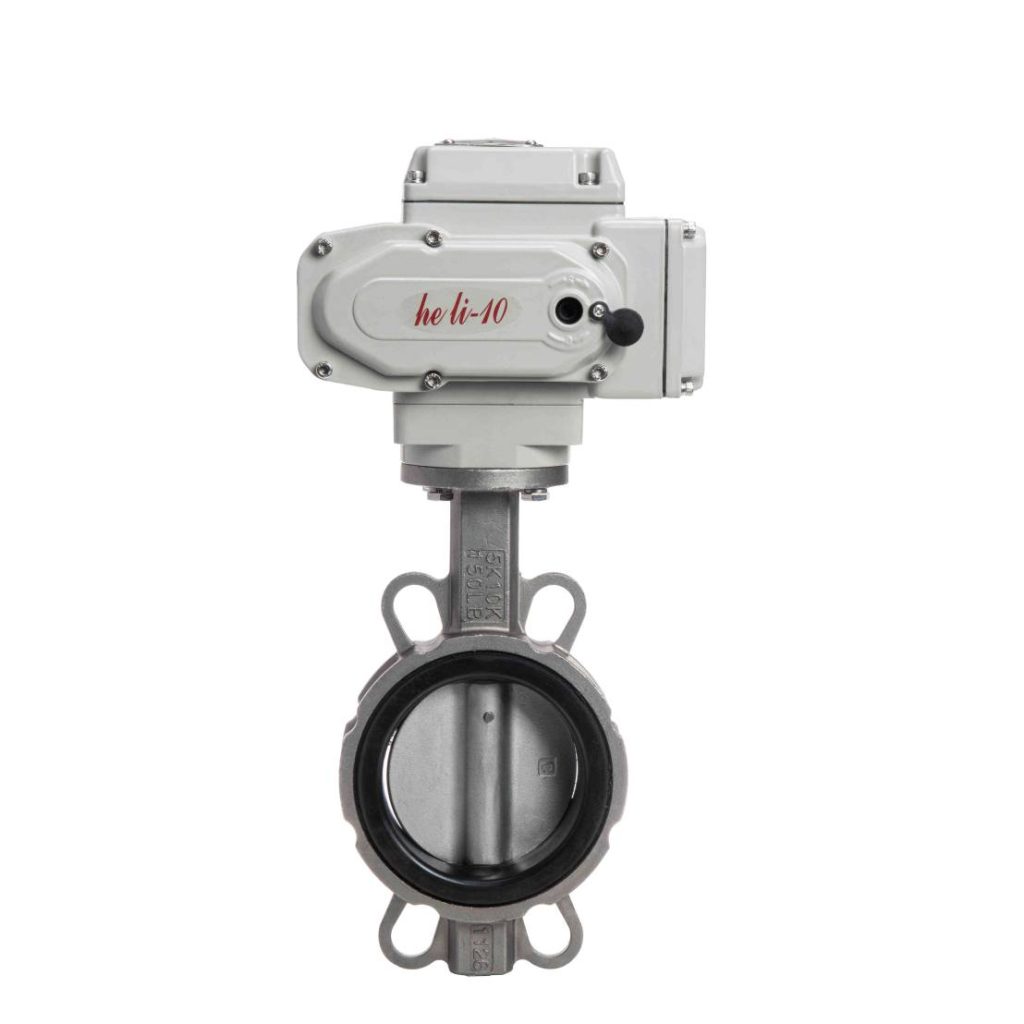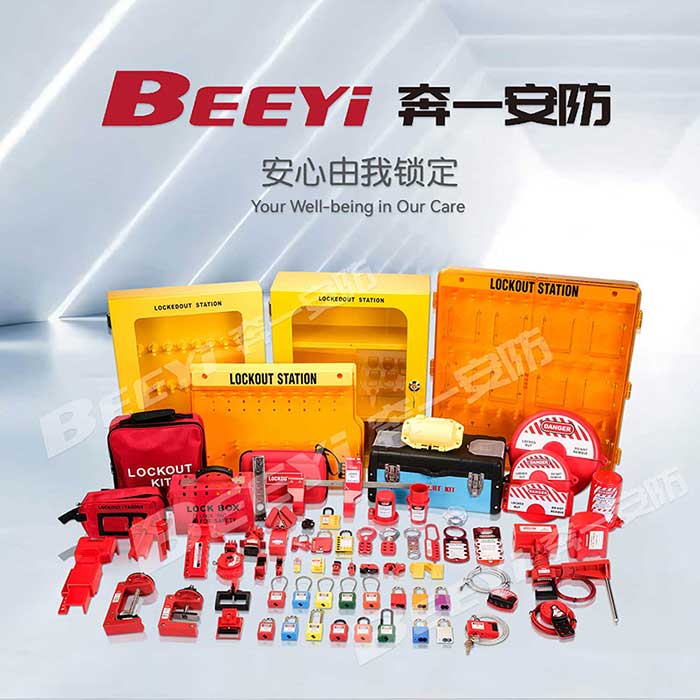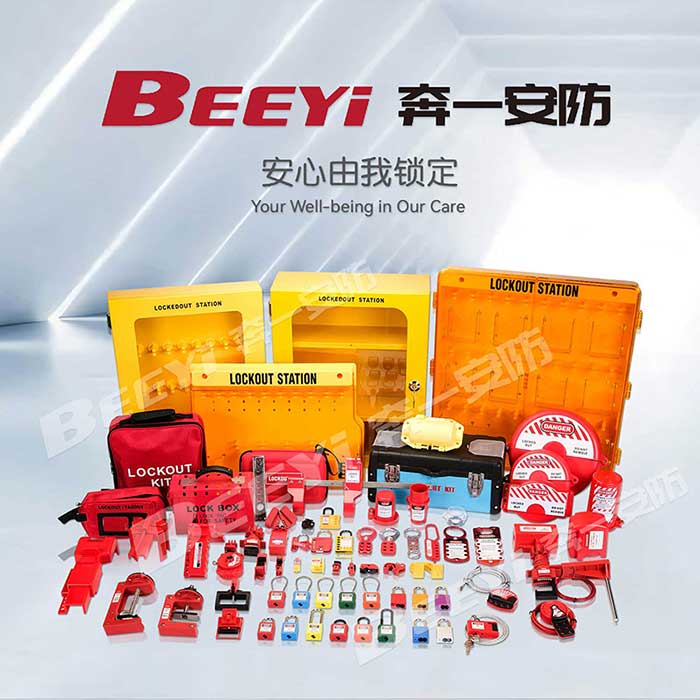Relays are fundamental components in a wide array of electrical and electronic systems, enabling the control and automation of circuits in industries ranging from automotive to telecommunications. Relay manufacturing companies play a pivotal role in ensuring the performance and reliability of these components, which are essential for everything from household appliances to industrial machinery. In this article, we’ll explore the importance of relay manufacturing companies, key players in the industry, and the latest innovations shaping the future of relays.
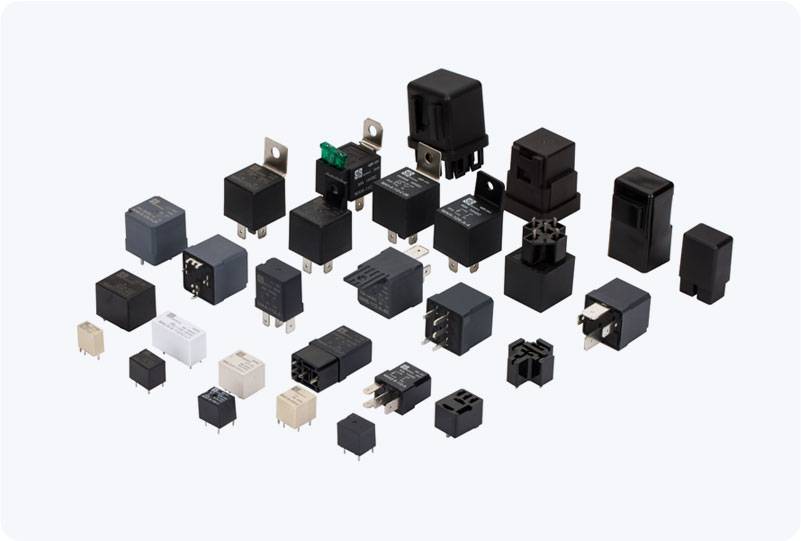
The Role of Relay Manufacturing Companies At the heart of many electrical systems, relays function as electronic switches, allowing one circuit to control another. A relay typically operates by using an electromagnet to mechanically or electronically control a switch. This makes relays an essential component in automating processes, protecting circuits from overloads, and enabling more efficient energy use. Relay manufacturing companies design and produce various types of relays, each with specific applications based on factors like voltage, current, environment, and functionality. Relay manufacturers cater to diverse sectors, offering products suited to everything from industrial machinery to consumer electronics. These components ensure safety, energy efficiency, and reliability across different industries. Automotive relays, for example, are designed to control power windows, lights, and other electronic features in vehicles, while industrial relays are used in control panels for machinery and equipment.

